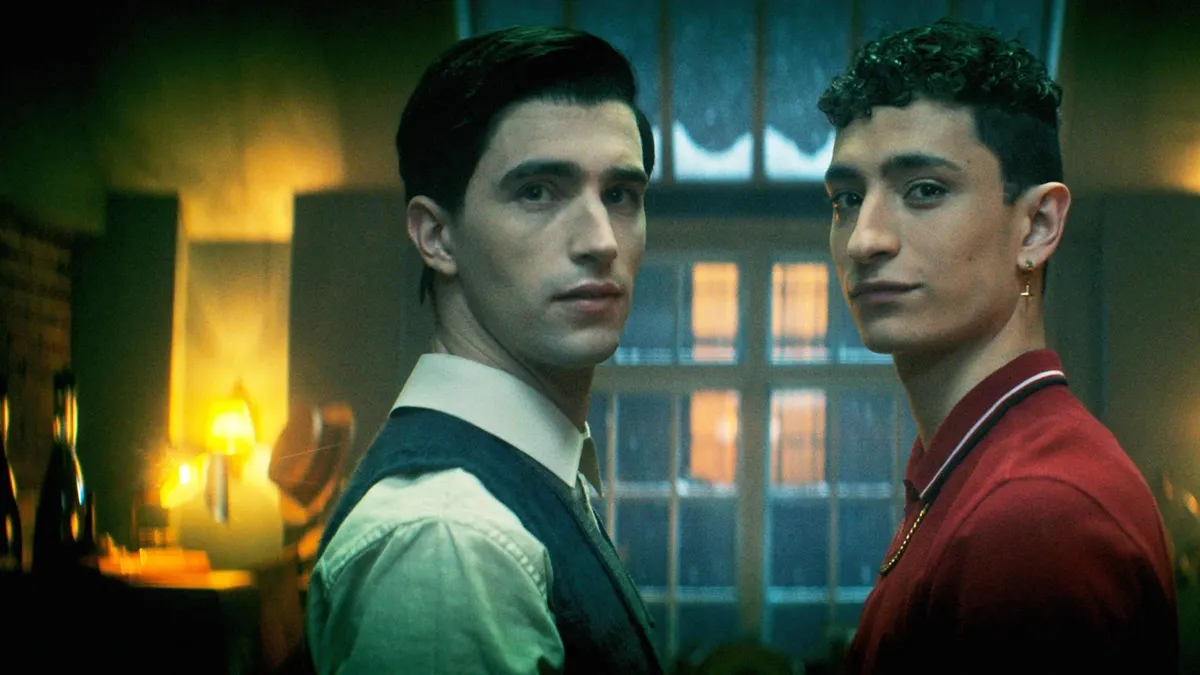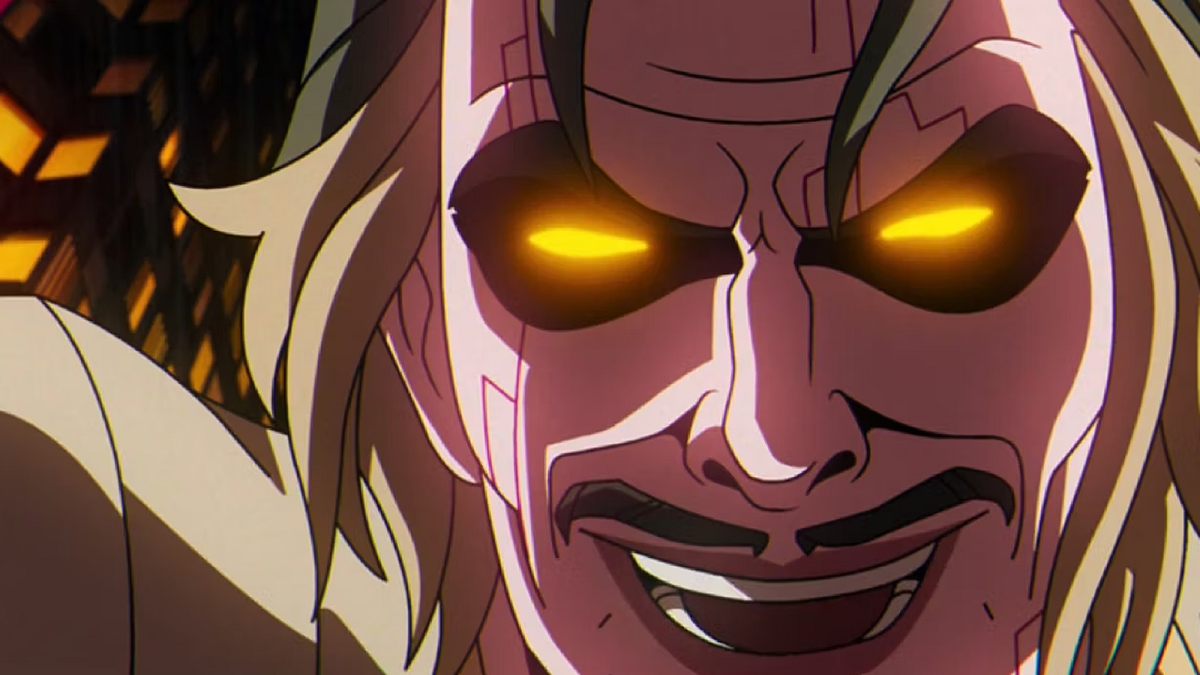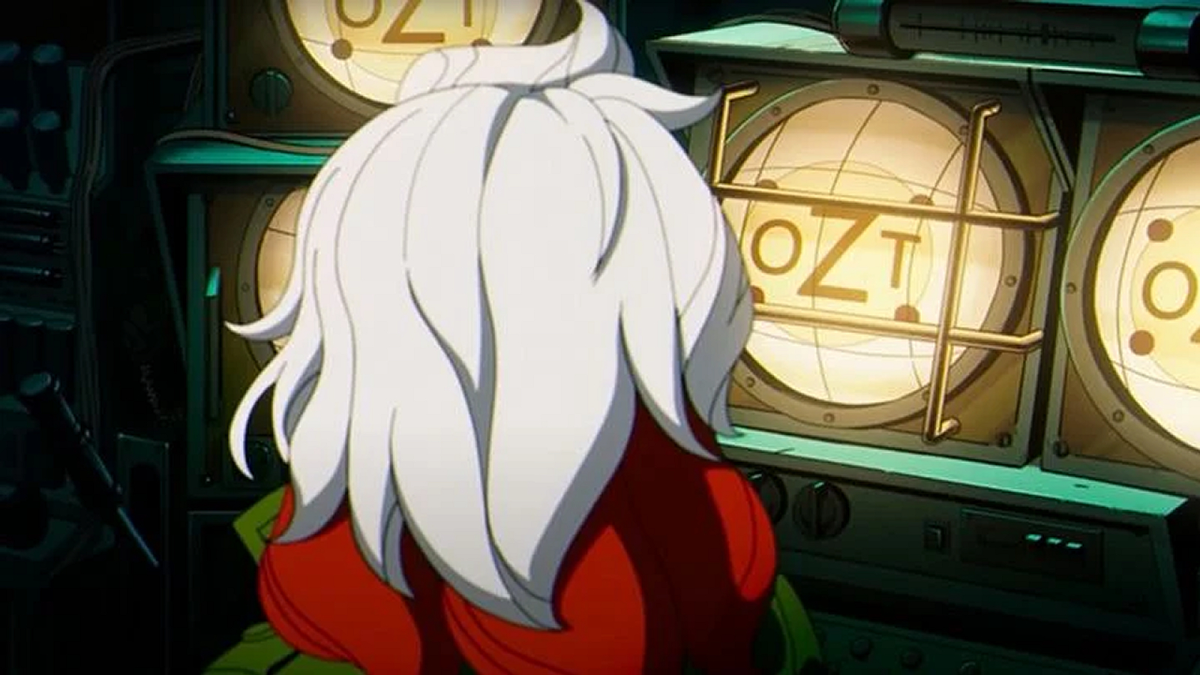Star Wars: The Rise of Skywalker is almost upon us.
It represents the culmination of Disney’s first wave of Star Wars multimedia, wrapping up the trilogy that launched with The Force Awakens in 2015 and continued with The Last Jedi in 2017. This sequel trilogy has been punctuated by the release of two standalone movies, Rogue One in 2016 and Solo in 2018. There has been a new Star Wars movie every year since 2015.
However, there will reportedly be a “hiatus” between The Rise of Skywalker and whatever film follows. A new Star Wars film is not scheduled to arrive until 2022. No details of that next film have been announced, even though a director has reportedly been chosen and basic pre-production is most likely already underway.
Disney is leaving Star Wars fallow. A significant amount of the hype around The Rise of Skywalker is built around its being a conclusion of sorts. The proposed gap will allow The Rise of Skywalker to feel like an ending. Similarly, the production of these films has not been as smooth as Disney would have liked, so a gap would allow for some restructuring and rebuilding.
That a three-year gap between Star Wars films is considered significant speaks to the saturation of the modern blockbuster market and the acceleration of franchise filmmaking. Three years shouldn’t be a long time. There were three years between the release of Star Wars and The Empire Strikes Back, and three more before the release of Return of the Jedi.
Development on a film of this scale, including pre- and post-production, can take about three years. J.J. Abrams was announced as director of The Force Awakens in January 2013, almost three years before the film’s release in December 2015. Rian Johnson began working on The Last Jedi while Abrams was still finishing The Force Awakens, even with a two-year gap between release dates.

This may be why the traditional model of franchise production moved to this rhythm. Top-tier franchises often took long gaps between installments, even into the 21st century. The X-Men trilogy was released in three-year intervals. Sam Raimi’s Spider-Man trilogy was punctuated by two-to-three-year gaps. Christopher Nolan’s Dark Knight trilogy films were spaced three-to-four years apart.
Three years is not a long time to go without a Star Wars movie. There was a 16-year gap between Return of the Jedi and The Phantom Menace, and a decade between Revenge of the Sith and The Force Awakens. It has been suggested that these long gaps helped to build excitement — The Phantom Menace and The Force Awakens are among the highest-grossing films in the series.
Of course, it is debatable whether audiences will actually feel the absence of Star Wars during those three years. The first season of The Mandalorian will run past the release of The Rise of Skywalker. Disney is reportedly so happy with the response to The Mandalorian that Jon Favreau and Dave Filoni have a bright future with Star Wars. Disney has also commissioned an Obi-Wan Kenobi series.
It is hard to even imagine Star Wars ever truly going away again, as it did in those gaps between the three trilogies — consigned to tie-in novels, video games, comics, merchandise, and cartoons. Star Wars has been a ubiquitous part of popular culture since 1977, but the past five years have seen it become a constant churn of content.
This reflects the reality of modern franchise film production. After all, Hollywood is more dependent on blockbusters than ever before, and established intellectual property has supplanted movie stars as the primary draw for these sorts of projects. As such, there is a strong urge to capitalize upon the potential of recognizable brand names — and Star Wars is one of the most recognizable brand names.
The belief in the profitability of a constant churn is arguably a result of the success of Disney’s other big franchise: the Marvel Cinematic Universe. With Marvel, Disney figured out a formula that could support regular releases while maximizing box office potential. Including Spider-Man: Far From Home, five of the six MCU films released in the past two years have grossed over a billion dollars each.

It makes sense that Disney would attempt to adopt a similar approach with Star Wars, even if the franchise has already paid for itself. The past five years have been an experiment to see if the market would support regular Star Wars content in the way that it can tolerate three Marvel movies in a single year. It is notable that Star Wars moved to live-action television after the MCU.
This approach is arguably uniquely viable for the MCU. Most obviously, the MCU is a mega-franchise composed of several smaller franchises. Infinity War and Endgame might have been sold as the conclusion of a 20-odd-movie saga, but individual franchises like Iron Man, Thor, and Captain America could take gaps of two or three years between installments.
Disney attempted this approach with Star Wars. Using the “Star Wars Story” branding, they attempted to punctuate the sequel trilogy with standalone adventures with new casts tying into the original films. However, it didn’t work. The company attempted to open Solo within six months of the release of The Last Jedi, further narrowing the gap between films, and it bombed spectacularly.
There are any number of lessons that might be learned from the failure of Solo: the pointlessness of building an origin story for a character who did not need one, the folly of hiring two improvisational comedy directors only to fire them and replace them with Ron Howard, how closely the success of Han Solo was tied to Harrison Ford.
However, the most obvious lesson was that Star Wars is not a franchise that can sustain the same level of audience support as the Marvel Cinematic Universe without major retooling. Maybe audiences weren’t so hungry for Star Wars that they would pay to see a Han Solo origin story less than half a year after the sequel to The Force Awakens.
A gap after The Rise of Skywalker may be a good thing. It would allow audiences to miss Star Wars, to grow hungry again. It would allow time to properly develop strong ideas for and unique approaches to the franchise. It would turn Star Wars back into an event, instead of treating it as ambient noise buzzing in the background of the modern franchise-driven landscape.
The only problem is that three years may be far too short.





